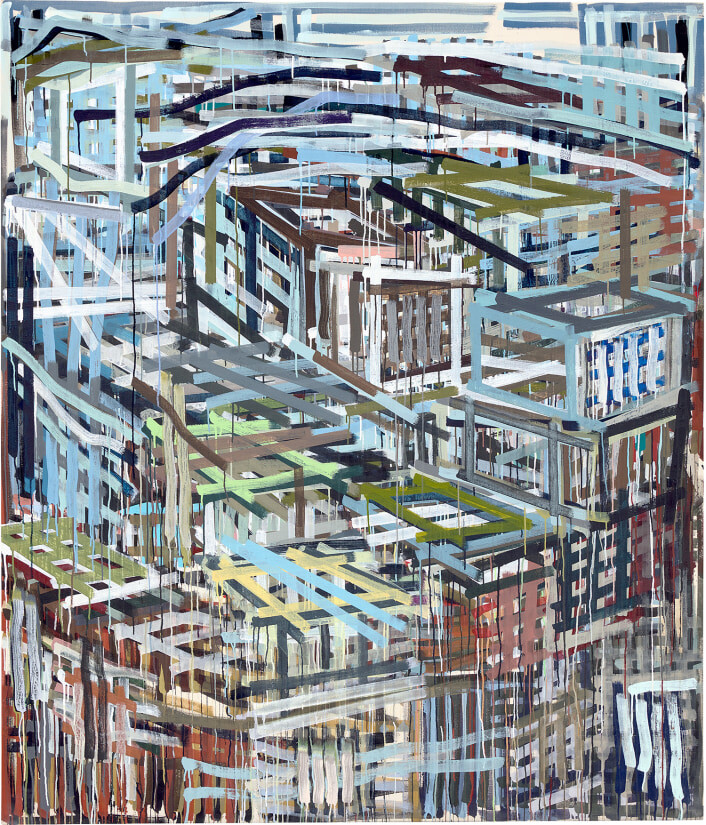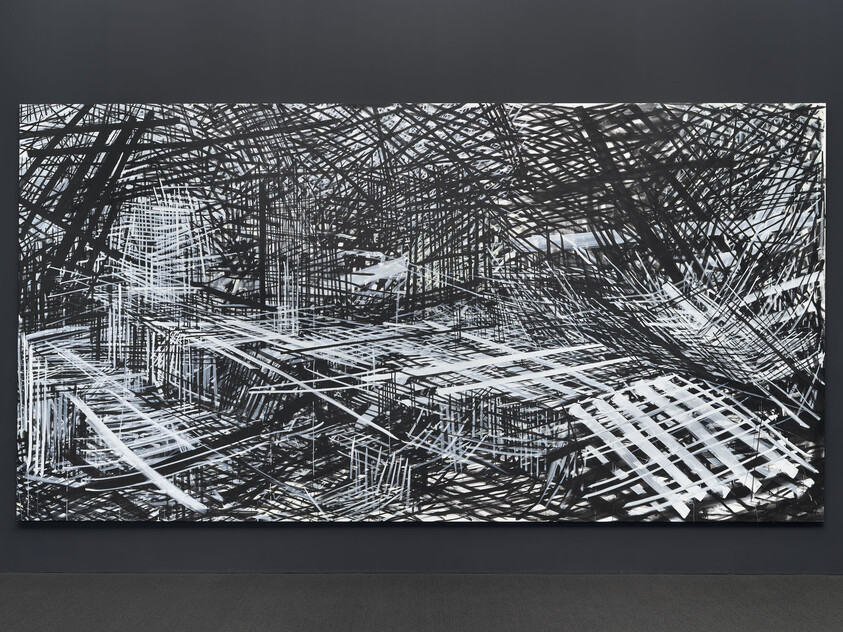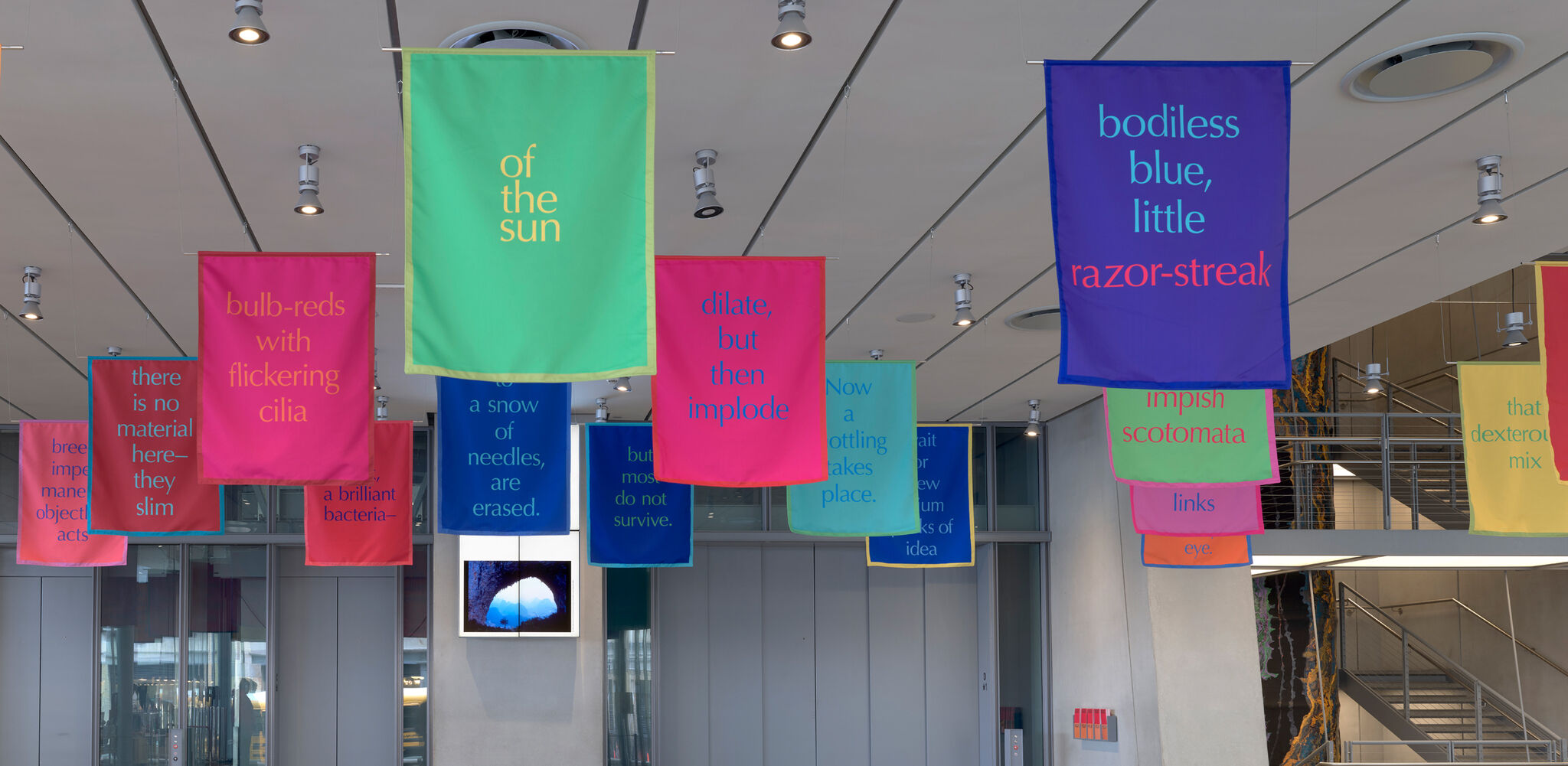Denyse Thomasos, Displaced Burial / Burial at Gorée
Mar 10, 2022
0:00
Denyse Thomasos, Displaced Burial / Burial at Gorée
0:00
Adrienne Edwards: I’m Adrienne Edwards. One of the curators of the 2022 Whitney Biennial.
Jail is one in a triptych of paintings made during the artist’s formative years in 1993, alongside Displaced Burial/Burial at Gorée, which was the first of her large scale works and Dos Amigos Slave Boat. The first two are here in the Biennial. These works encapsulate the range of Thomasos’s social, political, and historical concerns and research-driven methods, which traversed the middle passage of the Atlantic slave trade, architectures of incarceration and immigration while acknowledging the impossibility of ever being able to represent these histories in their aftermaths, by testing the capacity of abstraction to hold and convey them.
Narrator: Curator Adrienne Edwards wrote about these paintings by Trinidadian-Canadian artist Denyse Thomasos in The New York Times. Edwards quotes Thomasos saying:
Adrienne Edwards: “I used lines in deep space to recreate these claustrophobic conditions, leaving no room to breathe, to capture the feeling of confinement. I created three large scale black and white paintings of the structures that were used to contain slaves and left such catastrophic effects on the black psyche, the slave ship, the prison and the burial site. These became archetypal for me. I began to reconstruct and recycle their forms in all my works.”
For Thomasos, enslavement and imprisonment are inextricably connected to systems of capture.
Thomasos explained: “Overall, I’m not trying to give the audience a happy experience or dark experience. I’m trying to give a complex experience. I really get the complexity of humanness.”



